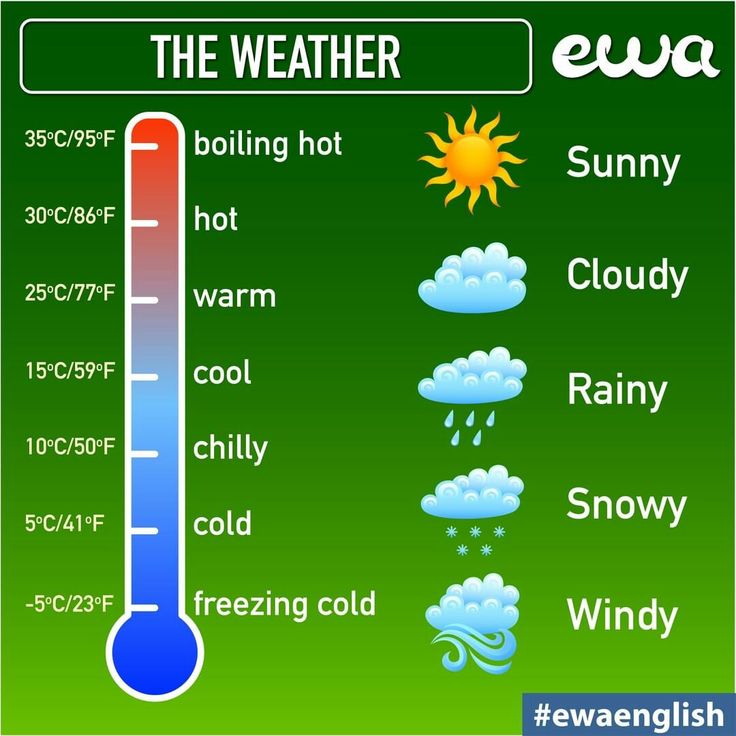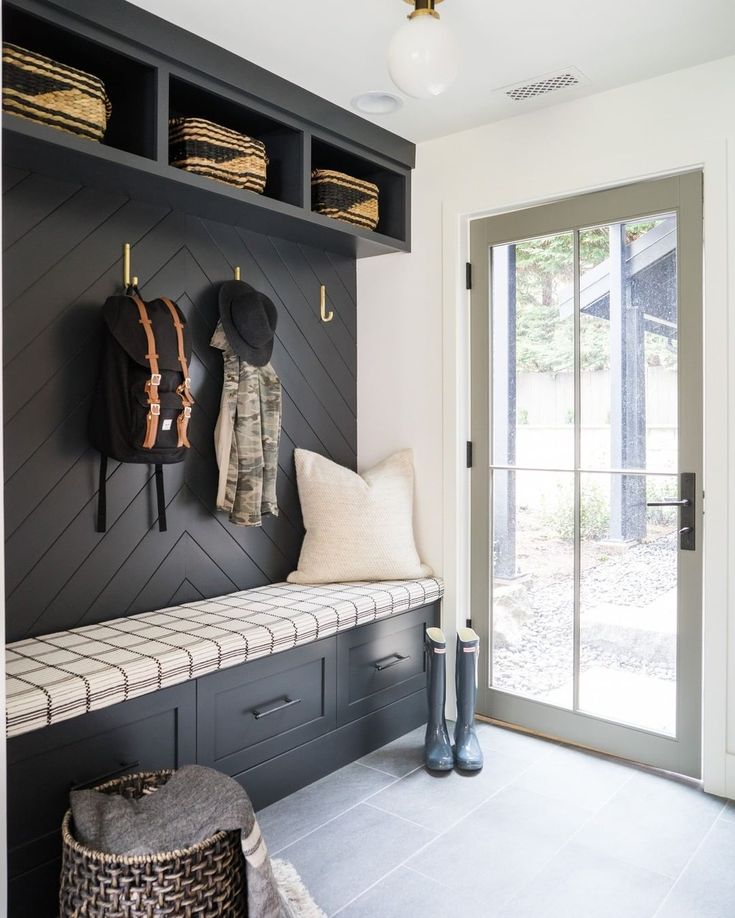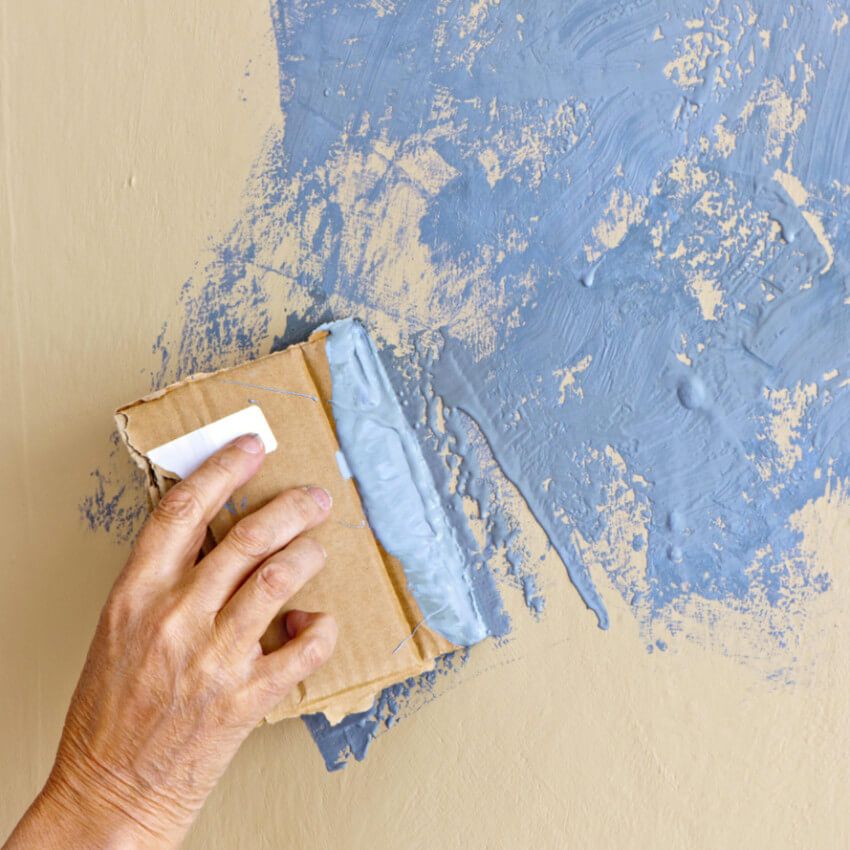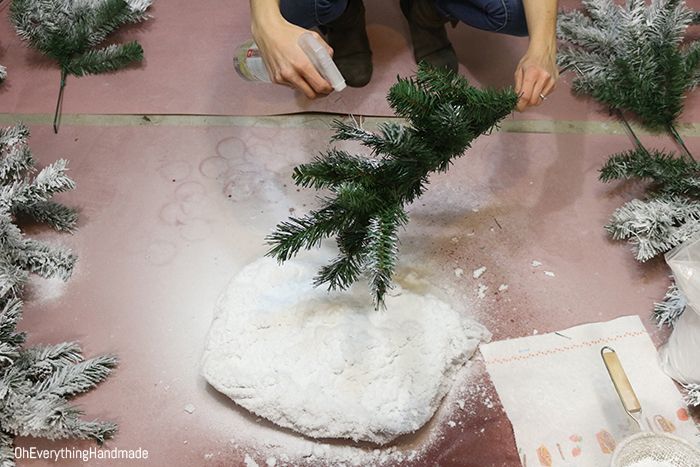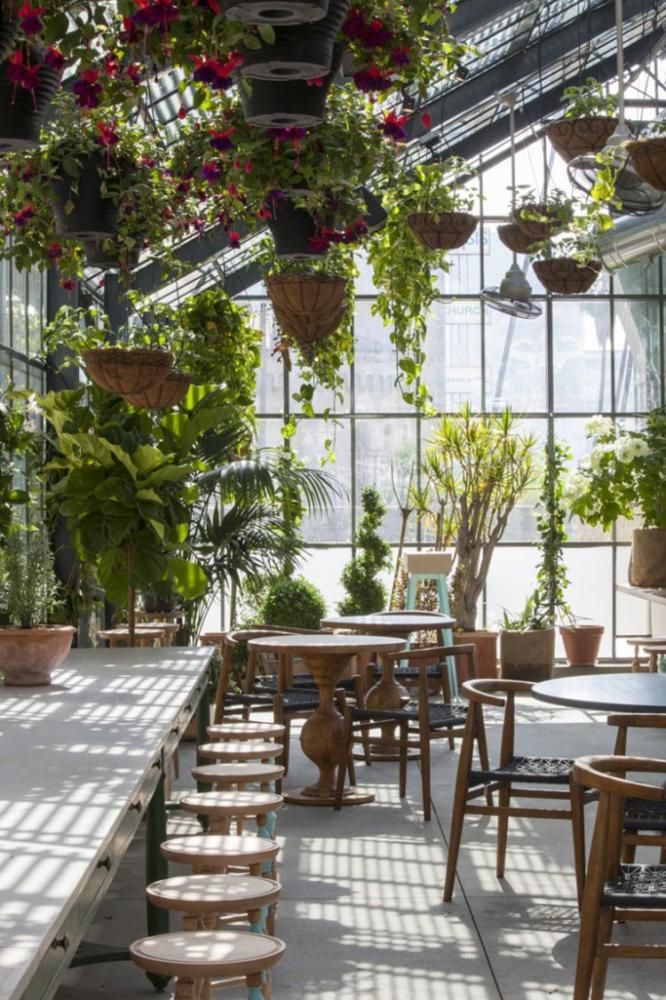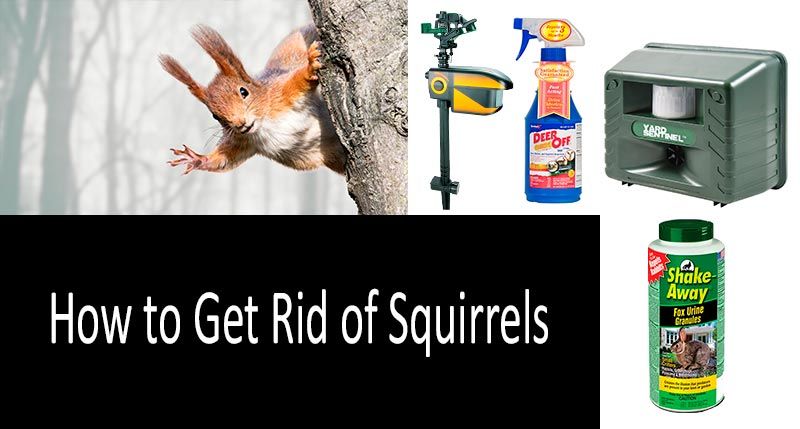How to cover plants in cold weather
Frost Covers & Cold Snap Care
Whether you fell under the spell of some eye-catching color at the garden center or just wanted to get a jump on the gardening season, planting too early can create a crisis when a cold snap threatens. Helping your seedlings survive the big chill isn't impossible, but it does require some preparation.
In most cases, you can count on makeshift methods to protect plants when the thermometer dips. But for larger plantings, such as a vegetable garden, you'll need to arm yourself ahead of time with the right gadgets to guard plants against frosty mornings.
Know The Limits
In order to understand what steps to take when freeze warnings threaten, you need to know the point at which treasured greenery fades to frost-burned brown. The general rule of thumb is that most plants freeze when temperatures remain at 28°F for five hours.
Of course, there are exceptions to this rule. Seedlings, with their tender new leaves, often give up the ghost when temperatures dip to 32-33°F. Tropical plants have differing low-temperature thresholds. Some keel over when temps fall to 40°F; others crumble at 35°F. Other plants are just hardy by nature and can withstand temperatures as low as 18-20°F. To find the threshold for your plants, search garden books and online resources.
Quick Fixes For Frost Warnings
Pick It Up – The easiest cold-protection scheme is to move plants out of harm's way. This works with seedlings in flats and potted plants. Moving plants under a deck, into a garage or shed, or onto a porch with a roof often offers ample protection.
Count On Water – Water soil just before sundown to raise overnight air temperature around plants as the water evaporates. Fill gallon jugs or buckets with water and place them in the sun during the day. At night, move them near endangered plants. The water will moderate air temperatures; if it freezes, it will release heat. For greatest effect, paint a few water-holding containers black to maximize daytime heating.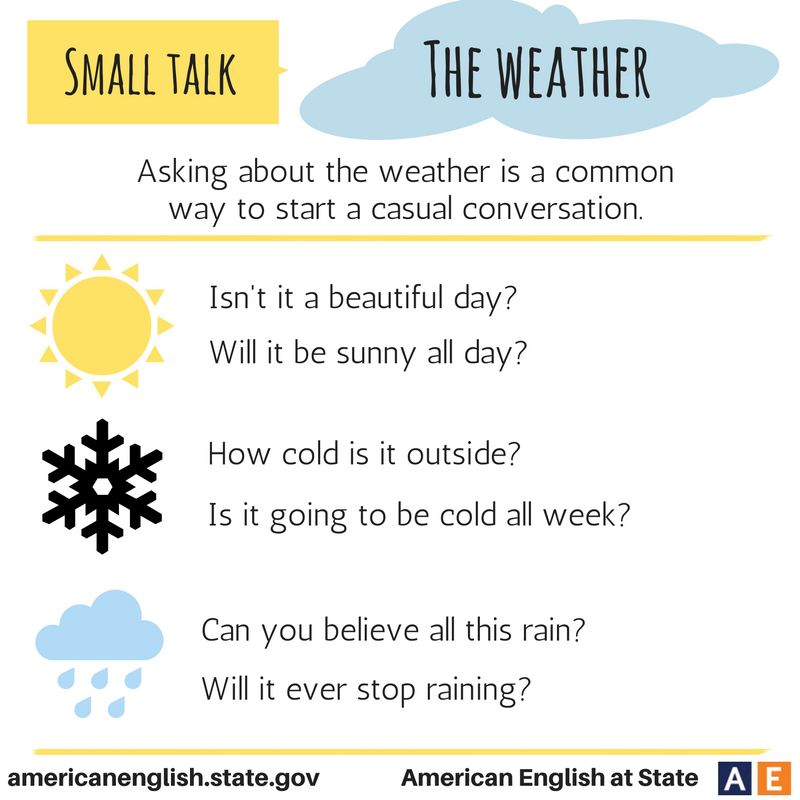
Keep Air Moving – Cold, still air does the most damage to plants. Stir a breeze all night with an electric fan to keep frost from forming on plants. Remember to protect electrical connections from moisture.
Cover Plants – Protect plants from all but the hardest freeze (28°F for five hours) by covering them with sheets, towels, blankets, cardboard or a tarp. You can also invert baskets, coolers or any container with a solid bottom over plants. Cover plants before dark to trap warmer air. Ideally, coverings shouldn't touch foliage. Anchor fabric coverings if windy conditions threaten.
In the morning, remove coverings when temperatures rise and frost dissipates. Heat from the sun can build beneath solid coverings, and plants can die from high temperatures.
Break Out Blankets – Keep gardening blankets, often called row covers, on hand. These covers are made from synthetic fibers or plastic in varying thicknesses. Lay row covers directly on plants, or create a tunnel by suspending them over a bed using stakes.
Turn On Lights – An incandescent light bulb generates sufficient heat to raise nearby air temperature enough to protect a plant from the deep freeze. Bulbs must be close to plants (within 2-3 feet) for this technique to work. (Fluorescent bulbs don't generate enough heat for this chore.)
Protect Individual Plants – Install hot caps – rigid plastic containers with venting holes – over individual seedlings at planting time. Hot caps act like cloches (mini greenhouses), but venting holes eliminate the daily chore of placing and removing the covering. Create the equivalent of a hot cap using plastic two-liter bottles or gallon jugs with bottoms cut off and lids removed (but saved). Replace lids at night when cold temperatures swoop through.
A twist on the hot cap idea is a Wall O'Water tepee, which encircles individual plants with a sleeve of water-filled tubes. The water absorbs the sun's heat during the day. At night, as the water slowly freezes, it releases the stored radiant heat of the sun, keeping air inside the tepee frost-free.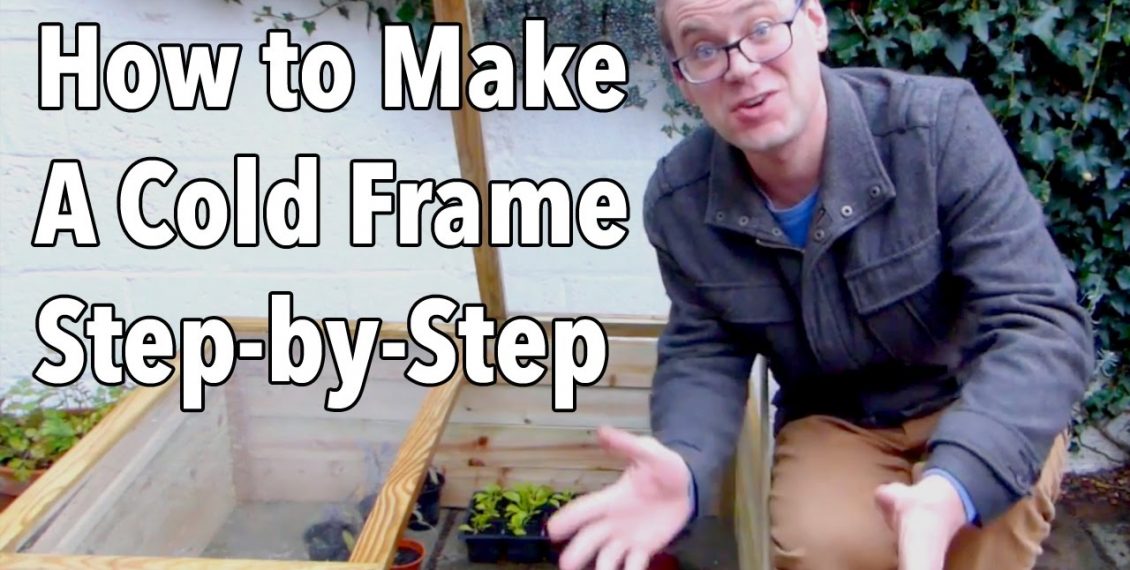
More Lawn Solution Articles for You
Winter Garden Checklist For Mild Climates
Winter garden checklist during mild climates. Winter doesn't signal the end of gardening season. There is many chores such as planting,...
read more
How To Prepare Your Garden For Frost
If winter is coming soon, this simple to-do list will help you prepare your garden for frosty weather, from harvesting, to draining hoses to...
read more
Planting After Danger Of Frost
For a successful spring planting, be aware of the danger of frost. It can kill young seedlings. Knowing the last frost date in your area can...
read more
Copyright © 2023 bioadvanced. com All Right Reserved.
com All Right Reserved.
How to protect plants from frost: 10 quick and easy methods
As the cold weather sets in, it's important to know how to protect plants from frost, as tender and young plants in particular can be wiped out by a sudden cold snap.
There are many quick ways you can protect more vulnerable plants and it's definitely better to be safe than sorry – there is nothing more devastating than seeing the beautiful plants you have lovingly nurtured destroyed seemingly overnight by a visit from Jack Frost.
Unless you live in a warm zone, it is likely that some of the ornamental plants and crops you have included in your garden ideas will be in need of some protection, so read on to find out how you can help their survival through the colder months.
How to protect plants from frost – which plants to protect
(Image credit: National Trust)
Not all plants in your backyard will need protection from the frost, but there are certain categories that will. These include:
These include:
- Young seedlings and new growth
- Tender perennials
- Half-hardy varieties
- Tropical and subtropical plants such as palms and banana plants
Signs of frost damage include blackened, distorted or limp growth and the leaves turning green on evergreen plants and shrubs.
If in any doubt, research the conditions and hardiness of specific plants. Err on the side of caution and include frost protection in your winter garden ideas if cold weather is forecast in your state or area.
(Image credit: Getty Images)
In terms of vegetable crops, there are some that actually benefit from a dose of frost and can taste better afterwards. 'There are some veg crops that are frost tolerant, if not frost resistant,' explains Nicole Burke, author of Rooted Garden .
If you live in a colder zone, it is therefore worth learning how to grow kale and other frost tolerant vegetable crops.
1. Bring potted plants indoors
(Image credit: Future)
There are many quick ways for how to protect plants from frost, and among the easiest is to bring potted plants indoors, especially tender container plants.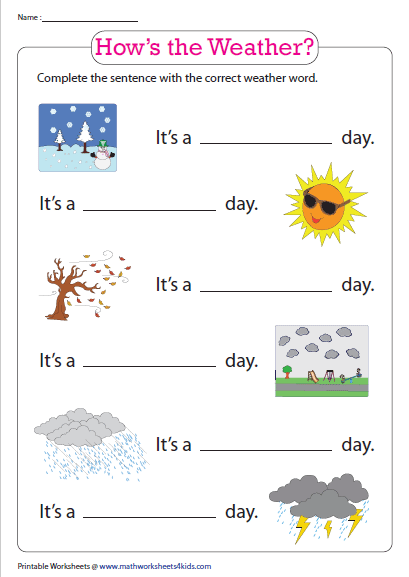
Potted plants are more susceptible to frost damage because they don't have the insulated benefits of of those planted in the ground.
Use a conservatory, garden room, garage, porch or frost-free greenhouse to overwinter potted plants – not somewhere that is too warm.
This can be a suitable option if you're wondering how to overwinter fuchsias in pots, or how to winterize hydrangeas, for example.
2. Add a layer of mulch on garden beds
(Image credit: Alamy)
'Apply dry mulch, such as chipped bark or straw around borderline-hardy plants, such as agapanthus, phygelius (cape fuchsia), hedychium and the architectural melianthus to protect the crown,' advises plant expert Sarah Raven .
You could also use leaf mold or piles of leaves to add some extra protection on garden beds and provide a barrier against the cold.
Find out how to make leaf mulch to protect tender and emerging plants.
3. Cover plants with fleece
(Image credit: Getty Images)
You may wonder how to protect plants from frost when they are planted in the ground? One method – which is useful for larger garden plants and shrubs – is to cover them with horticultural fleece. You could use blankets or bubble wrap, too, to create a protective cover. These Amazon plant covers come highly recommended by reviewers.
You could use blankets or bubble wrap, too, to create a protective cover. These Amazon plant covers come highly recommended by reviewers.
Place several stakes around your plants and then cover these with the chosen material to create a tent-like structure. Weigh down the corners to prevent the coverings from blowing away in the night and remove the covers during the day.
You can use this method for plants that require winter protection, such as agapanthus, cordyline and tree ferns.
'Fleece is very effective, but if you prefer something less obtrusive, a circle of wire netting filled with bracken or leaves will keep the cold at bay, too' advises Sarah Raven.
You can also wrap the trunks of young trees with horticultural fleece or blankets, such as if you're growing some of the best fruit trees or have mastered how to grow lemon from seed.
4. Place tender plants in a sheltered spot
(Image credit: Getty Images)
The mantra 'right plant, right place' is relevant when considering how to protect plants from frost.
'Always plant half hardy and frost tender plants in a sheltered position, preferably near a south or west-facing wall, which will absorb heat during the day and radiate it at night,' advise the experts at Jacksons Nurseries .
'Eliminating the wind chill factor can substantially reduce the amount of frost damage incurred,' they add.
Other sheltered positions will include next to fences, under large evergreen trees for gardens, under the protection of pergola ideas or in patio or courtyard areas, as long as these also receive plenty of sunshine.
While a sunny, sheltered spot is ideal for many tender plants, do not place early-flowering plants, such as magnolias and camellias, so that they are exposed to the morning sun. 'The rapid thawing of frozen buds can result in blackening and bud drop,' advises Guy Barter, horticultural expert at the RHS .
5. Lift and store tender perennials
(Image credit: Getty Images)
Tender perennials that have bloomed and died down can be lifted to protect them from frost.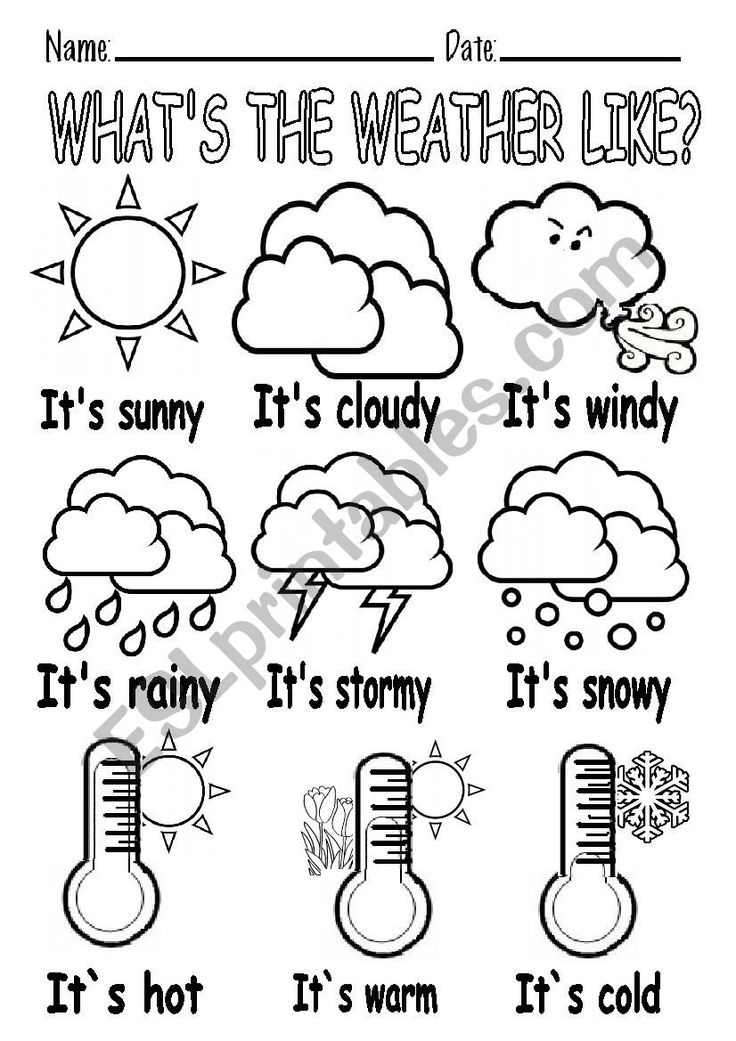
Store the roots, bulbs, tubers and corms in a cool but frost-free place, such as a potting shed or greenhouse. There are lots of mini greenhouses to shop at Amazon , should you only have a few tender perennials to protect.
This is a suitable method for how to overwinter dahlias or how to overwinter begonias.
6. Protect tender plants with a cloche
(Image credit: Future / Michelle Garrett)
If you're wondering how to protect plants from frost in the vegetable patch, then a cloche is one of the best methods. A cloche can be used to protect seedlings and smaller plants from frost.
Cloches are bell-shaped covers made from glass or plastic that can be placed over the plants. You can buy cloches or even make your own out of recycled objects. They also sell a range of cloches on Amazon .
'Cut-off large plastic bottles or milk containers can be turned into homemade cloches to embed into the soil around small plants and seedlings to provide protection,' advise the experts at Jackson Nurseries.
Remove them during the day to allow the plants to benefit from the warmth and energy of the sun.
Cloches are ideal for use with young vegetable crops that are sown in fall, such as broad beans, spinach, scallions or spring onions and asparagus.
7. Move plants into a cold frame
(Image credit: Getty Images)
Young hardy annuals that are sown in fall may also benefit from some protection from frost.
Place them in the shelter of a cold frame over winter, although ensure they have good ventilation on warmer days.
You could make your old cold frame if you don't already have one, advise the experts at Jacksons Nurseries.
To make your own temporary cold frame:
- Bend slender, metal rods into loops – you could use wire coat hangars for this
- Insert the ends of the metal loops into the ground either side of a row of crops or plants
- Lay a sheet of clear plastic over the frame and secure it in place to protect the plants below
8.
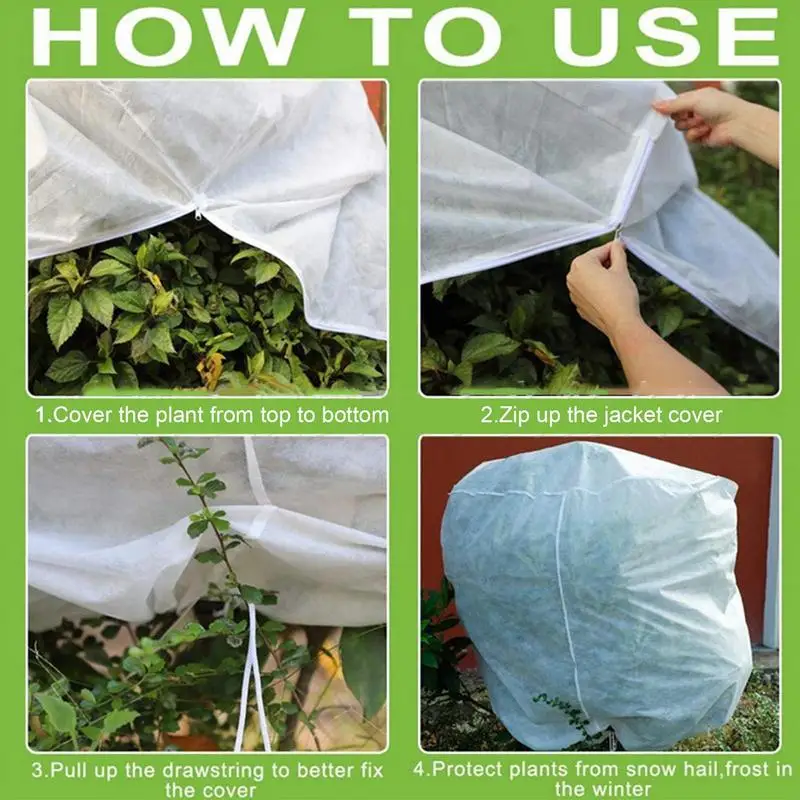 Water plants in the morning
Water plants in the morning(Image credit: Getty Images)
You probably wouldn't think that your routine for watering plants could make a difference when considering how to protect plants from frost – but in fact it can help support any protective measures you take.
It is best to water plants in the morning during winter and when there is a risk of frost, because wet soil actually absorbs heat during the day and has an insulating effect.
9. Wrap containers
(Image credit: Ian West / Alamy Stock Photo)
If you are unable to move containers indoors as a method for how to protect plants from frost, then try to protect them from the elements outdoors by placing the pots in sheltered areas, and where possible grouped together for added protection against the cold and wind.
Container plants are more likely to suffer from their roots freezing. To prevent this, 'wrap the containers with bubble wrap from Amazon or straw, or bury the pots in the ground with just the rim showing, to benefit from the insulating properties of the ground,' advise the RHS experts.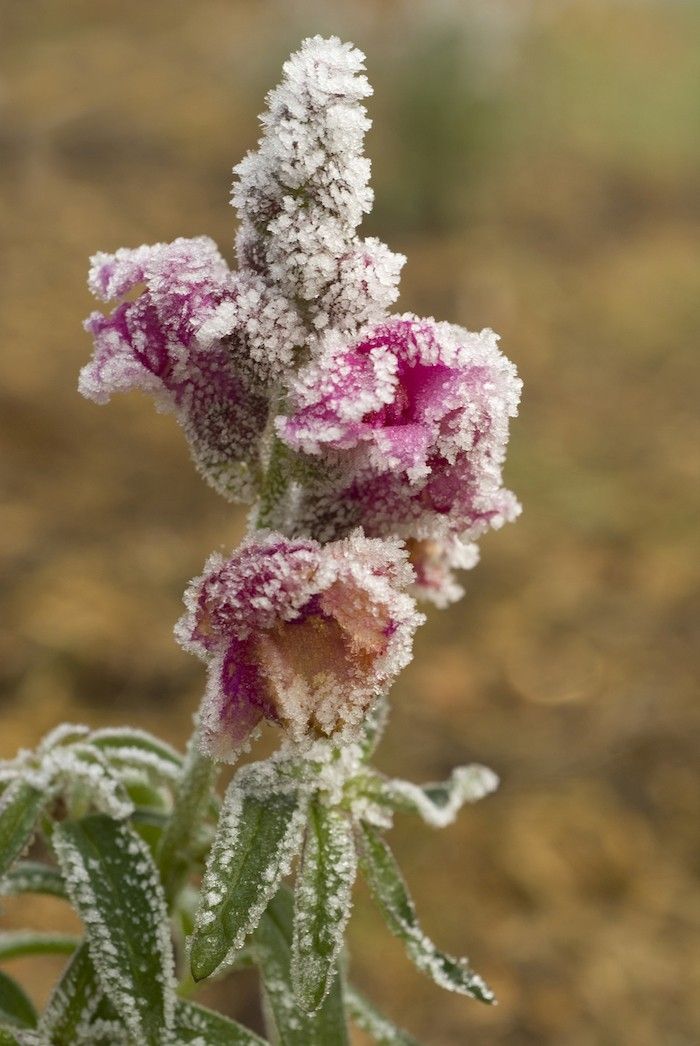
Also raise containers using pot feet or by resting them on bricks to allow water to drain away more easily, and prevent plants sitting in icy water.
10. Choose the right plants for your backyard
(Image credit: Future / Camilla Reynolds)
Rather than trying to protect plants that are not suited to the climate of your backyard, instead choose those that are reliably hardy in the zone where you live. This will prevent the disappointment of losing plants when they aren't adequately protected.
Many evergreen shrubs and plants are fairly hardy. Plants will have a hardiness rating ranging from fully hardy – able to withstand temperatures of 0-10 °F (-18 -12 °C) – to frost tender, which might not survive being exposed to temperatures below 40-50 °F (4-10 °C).
While this might limit to some extent the plants or crops you can include in your garden, there will still be plenty of options suitable to you hardiness zone.
You can also include some of the best winter flowers to plant for color and interest in the colder months, or best winter plants for pots and borders.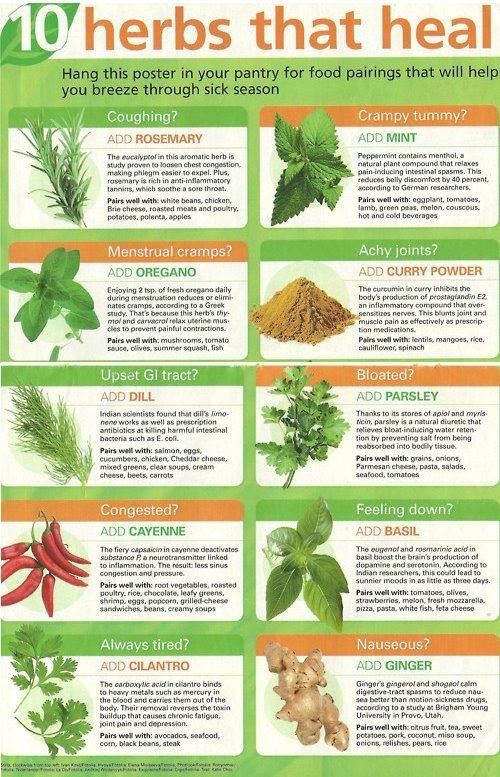
What can I cover my plants with to prevent frost?
There are many materials that you can use to cover plants with to prevent frost.
You can find many permeable horticultural fleeces and frost protection products on the market, but can also use materials that you can find around the house – just make sure they are lightweight, breathable and insulating.
Options to use include:
- Straw
- Bubble wrap
- Blankets, bed sheets, towels
- Newspaper
- Leaves or other organic materials
What temperature should I cover my plants for frost?
The temperature that you should cover your plants from frost to protect them will depend on the individual plants and the conditions and position in which they are planted.
Frost occurs in temperatures below 32°F (0°C) so this is the point at which you need to be protecting plants in winter.
Most plants will need protecting from temperatures of 30°F (-2°C) or lower, but frost tender specimens should be protected before temperatures dip this low.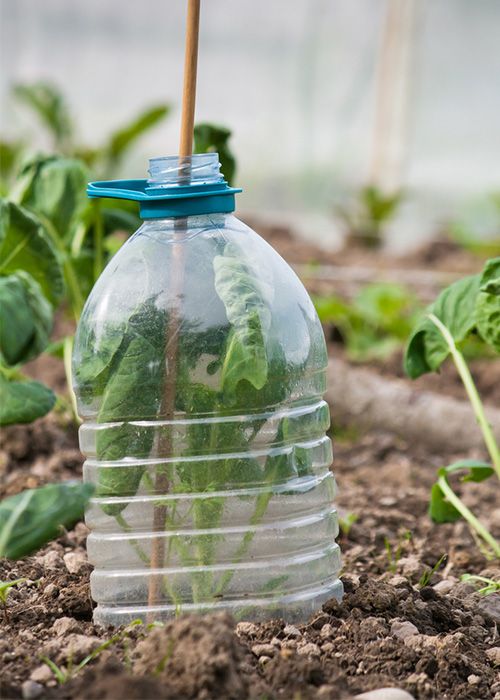
Can I use plastic bags to cover plants from frost?
It is not advisable to use plastic bags to cover plants from frost. This is because plastic can damage your plants if it makes contact with foliage, as it holds water against the plant and causes more damage from freezing.
It also isn't a very insulating material, nor is it an eco-friendly or a sustainable option, so look for alternatives when deciding how to protect plants from frost.
How to protect plants from frost: proven ways to save crops
Late return frosts in the middle lane can occur until almost mid-June. The good news is that there are a number of plants that are almost not afraid of frost, but there are also those that can slow down in growth and even die. We tell you what can be done to protect the crop.
Young plants are very sensitive to cold and temperature changes. For heat-loving seedlings that have just been transplanted into the ground, frosts can be dangerous. In the best case, the edges of young leaves will suffer, dry out and turn brown, and in the worst case, frosts can cause growth to slow down, fruiting will also be delayed for a couple of weeks, and some plants may even die.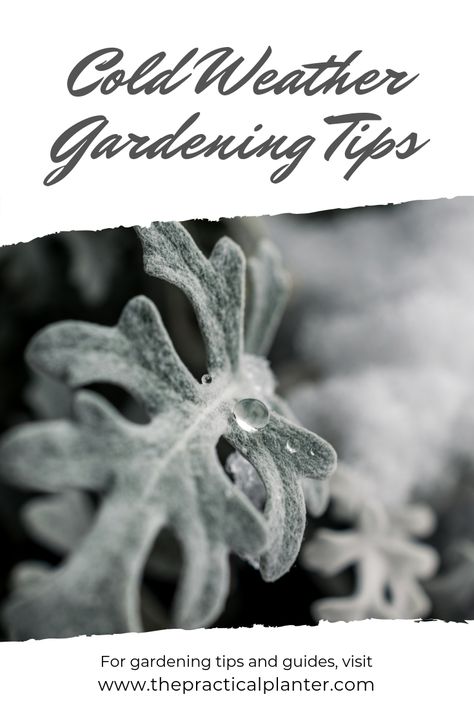 Fortunately, there are many ways to protect, and we talk about the most effective and easiest to perform.
Fortunately, there are many ways to protect, and we talk about the most effective and easiest to perform.
Effective ways to protect plants from frost
Watering
When the temperature reaches 0°C, the plants can be completely sprayed with water from a hose with a sprayer or drip irrigation. You need to water in the evening before the temperature starts to drop. When it starts to get colder outside, the water will gradually begin to evaporate, and the steam will not let cold air through to the ground. This method of protecting plants from frost is called sprinkling, it is often used at temperatures down to -5 °C.
Protection of seedlings from frost with the help of sprinkling is based on the fact that each drop, when frozen, gives off heat to the environment. In this way, not only seedlings, but also trees and shrubs can be protected from frost. When there is a strong wind outside, the sprinkler method will not work. The wind enhances evaporation and increases the destructive effect of frost.
ADVERTISING - CONTINUED BELOW
Fertilizer
Foliar feeding of plants with phosphorus and potassium will help to withstand frost. Thanks to fertilizers, the accumulation of sugars in plants increases, which means that the concentration of cell sap increases. Seedlings become more resilient, and frozen moisture prevents cell membranes from being destroyed.
Plants should be fed at least a day before the expected frost, otherwise the fertilizer will not have time to act, and there will be no sense from such actions.
Hilling
To protect plants from wind and cold, they can be covered with a small layer of soil. A good shelter will help protect the leaves of the seedlings and provide them with anti-stress until the frosts recede. The method is mainly suitable for potatoes and tomatoes. Seedlings need to be carefully bent to the ground and sprinkled with a layer of 2-3 cm. Both potatoes and tomatoes can be under such shelter for several days.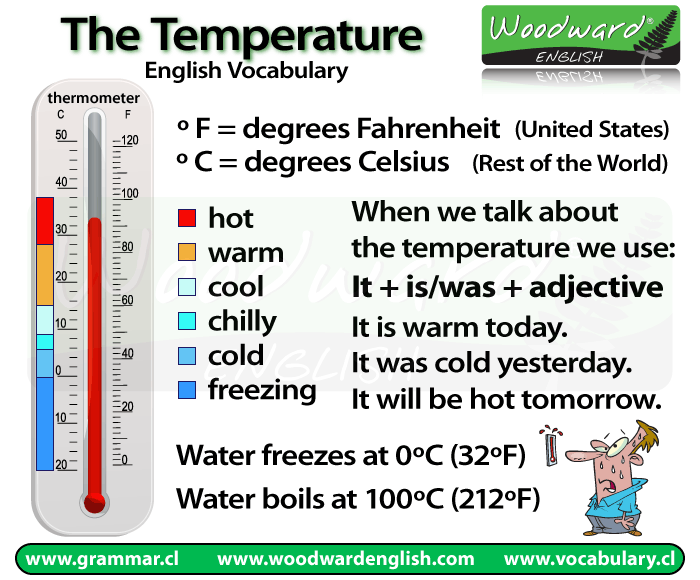
Frost resistant plants:
Onions, dill, parsley, carrots, celery, spinach, sorrel.
Plants that are afraid of frost:
Cucumbers, marrows, pumpkins, eggplants, peppers, tomatoes.
Of the common flower crops, zinnia does not like freezing. She needs to be covered too. And the heat-loving marjoram plant is afraid of frost.
Do you have a hotbed or greenhouse in your dacha?
How to cover plants in frost?
Individual shelters
The easiest way to protect plants from frost is to put individual shelters over each, and any materials that are found at home will work for this, you don’t need to buy anything special, you only need scissors. What can serve as an individual shelter?
- Juice and milk bags
- Plastic water bottles
- Glass jars
- Cardboard boxes
- Yogurt and sour cream cups.
All containers should be cut off and lightly sunk into the ground so that they do not fly away at night.
Covering materials
Frost protection of a plant can be provided with the help of simple structures made of covering materials. Sometimes they use burlap, matting, hay or sawdust, put newspapers and a simple film, but it is best to buy white agrofiber (spunbond).
Film
the film does not retain heat, as required by night temperatures. When a frame with stretched polyethylene is placed on top of newspapers or hay, an additional air cushion is created, which improves protection against sub-zero temperatures.
Agrofibre
Agrofibre is a non-woven material, spunbond. It is an environmentally friendly polymer, has a very thin structure and resembles an ordinary fabric. You must have met him at garden centers. It can be placed on plants without any frame, which is convenient. The material is light and well passes air, light and water, so it will not harm plants. Spunbond effectively protects plants not only from frost, but also prevents the soil from drying out in summer: the earth covered with agrofiber perfectly retains moisture. Light spunbond can be laid directly on plants freely and without tension, sprinkling earth around the edges.
Light spunbond can be laid directly on plants freely and without tension, sprinkling earth around the edges.
Spunboard comes in various thicknesses and densities, which is indicated on the packaging, but the density can also be determined by the weight of the bag with the material. When choosing spunbond to protect plants from frost, it is important to look at or check with the seller for what temperatures this or that type of material is suitable. The thinnest option protects plants in case of temperature drops to minus 3°C, and there are types of agrofiber that work at frosts down to minus 7-9°C.
White spunbond can be used to make bags or caps for bushes, including those that have become green before frost, to insulate trees and lay them out on beds instead of a greenhouse. If you sow the seeds in cold weather, you can directly cover the ground, and when the seeds sprout, they will simply lift the spunbond.
Black agrofibre is not intended for shelters. In summer, it is used to protect against weeds and retain moisture in the soil and is placed under plants, leaving the green part open.
Plants after frost: how to save
Unfortunately, not all crops can survive the cold snap. Even strong plants sometimes cannot stand frost and freeze slightly. Is it possible to reanimate the inhabitants of the garden and vegetable garden? Experienced gardeners advise such an anti-stress set of measures for plants affected by frost.
Seedlings, as well as frost-affected trees and shrubs, are recommended to be wrapped in hay, straw or rags. They will warm up, slowly thaw, and there is hope that they will fully recover.
Frozen seedlings and crops will be saved by the following method. In the morning, before sunrise, spray frost-damaged plants with a solution in which 2 g of boron, potassium permanganate and copper were diluted per 10 liters of water. Spray completely every bush! The water should be cold, not warm.
Plow up frozen beds, water the root zone of frost-damaged plants with a weak solution of complex fertilizers. This method is good for grapes.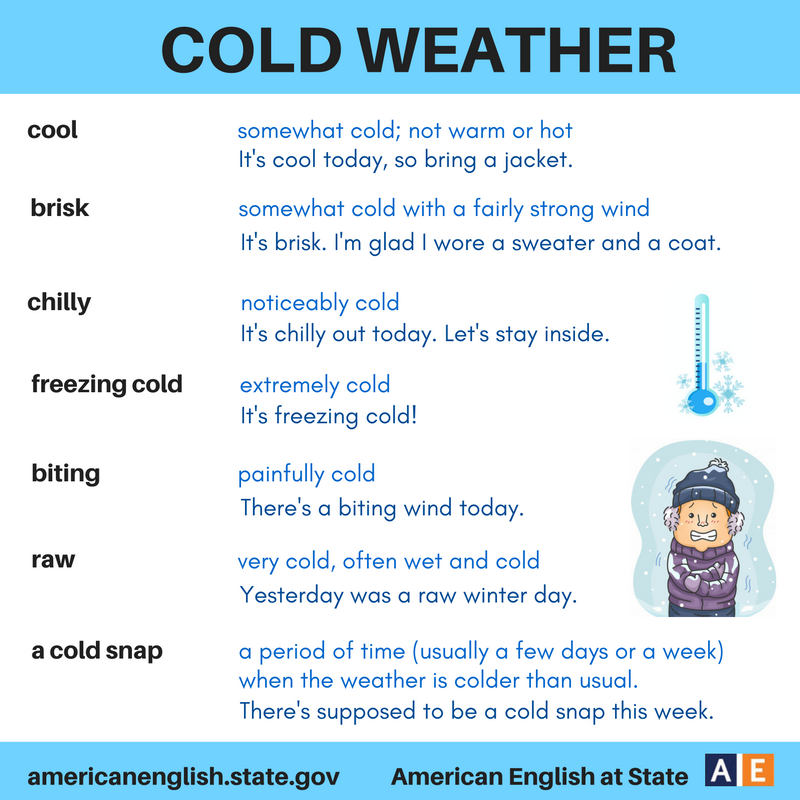 And it will help tomatoes, albeit partially. Frozen tops are unlikely to come to life, but with 100% certainty we can say that powerful side shoots will grow.
And it will help tomatoes, albeit partially. Frozen tops are unlikely to come to life, but with 100% certainty we can say that powerful side shoots will grow.
Wait a day after frost, then water the bed with vegetable plants (tomatoes and cabbage) with water at room temperature. How much to pour? Under each bush 1 liter. Before watering, it is recommended to trim the damaged tops and leaves of plants to healthy, undamaged tissue.
One day after watering, spray frostbitten plants with any growth activator. Suitable Kornevin, Epin, Epin-extra, Heteroauxin or analogues. Prepare the spray mixture strictly according to the instructions on the package. How much will be needed? Proceed from the calculation of 75-100 ml for each bush. The same solution is recommended to water the soil near the plants. Pour about 175-200 ml under each seedling.
After 3-4 days, it is recommended to fertilize from 10 liters of water, to which 1 tbsp. l. urea.
After 7-9 days, feed the frost-affected plants with a top dressing with a high potassium content.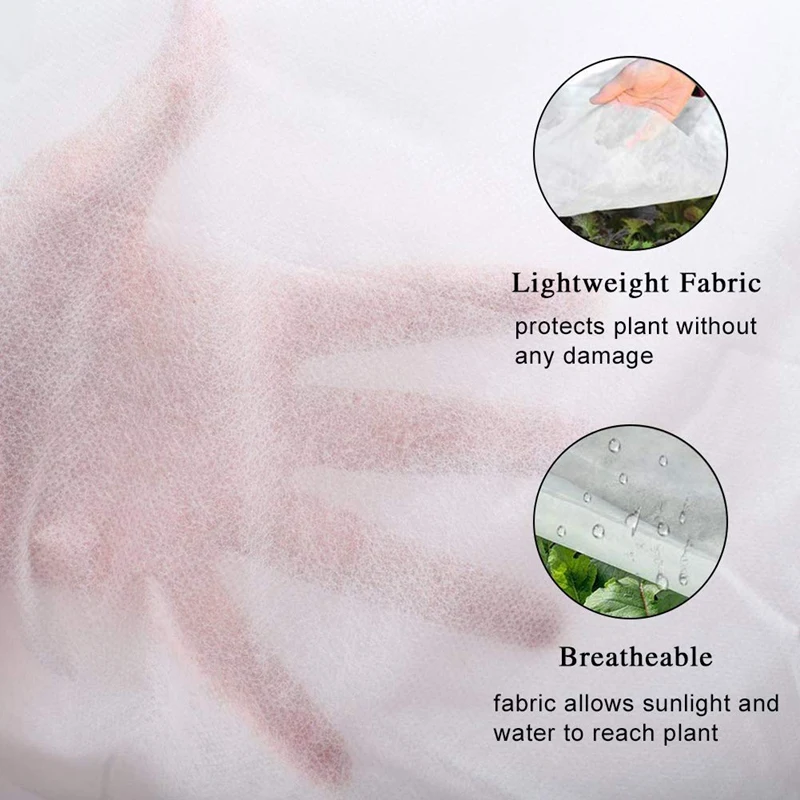 The solution is prepared at the rate of 10 liters of water 1 tbsp. l. fertilizers. Approximately 175-200 ml is poured under each bush.
The solution is prepared at the rate of 10 liters of water 1 tbsp. l. fertilizers. Approximately 175-200 ml is poured under each bush.
If it was not possible to fully protect potato seedlings from frost, it is also worth trimming the tops and leaves to living tissue. Then spray each plant with a growth stimulator. In parallel with this, reinforce the plants with nitrogen fertilizers. To do this, prepare a solution of 10 liters of water and 20 g of ammonium nitrate. Pour 150-180 ml under each bush.
Complex treatment, sanitary pruning will revive plants affected by frost. Solutions of stimulants and supplements will strengthen and help you recover faster from the stress you experienced.
Take our advice into service and do not hesitate, the harvest will be saved!
Do you usually save plants from frost?
By the way, now you can also find us on Telegram. Subscribe to our channel.
How to protect seedlings from frost and shade from the sun
After planting in the ground, seedlings need protection from both heat and cold. In early spring, the weather is changeable and unpredictable. During the day, the air can warm up above +20 ° C, and night frosts knock down the thermometer to a strong minus. There are several ways to cover seedlings, warm, spray, shade. Read about the most affordable and reliable in this article.
In early spring, the weather is changeable and unpredictable. During the day, the air can warm up above +20 ° C, and night frosts knock down the thermometer to a strong minus. There are several ways to cover seedlings, warm, spray, shade. Read about the most affordable and reliable in this article.
When it is possible to plant seedlings in the ground
In most regions, seedlings in the ground (open, protected, in greenhouses and under film shelters) begin to be planted in April. However, temperatures during this early spring period are changeable, and the differences between day and night values are significant.
To minimize the stress of plants from sudden temperature fluctuations and protect seedlings from critical cold snap, it is necessary to provide additional heating of seedlings.
What are some ways to plant seedlings early and keep them from freezing?
1. Warm high beds
They are prepared in advance, watered with warm water, covered with a film so that the soil warms up faster and to a greater depth. Additionally, plastic bottles filled with water are placed on the bed between the planted plants - they heat up under the sun, and cool down at night, giving off heat to the "neighbors".
Additionally, plastic bottles filled with water are placed on the bed between the planted plants - they heat up under the sun, and cool down at night, giving off heat to the "neighbors".
2. Additional cover
Several cover options. It can be a non-woven covering material (spunbond, agrofibre), thrown directly over seedlings or arcs. A more serious option for insulation: a house for seedlings, where the roof is made of polycarbonate, the walls are made of cardboard, and non-woven fabric and film serve as insulation. Under such protection, seedlings will not freeze even in Siberia in early spring.
______________________________________________
For information on when and what seedlings to plant in open ground and greenhouses, see the recommendations for a particular crop. Data vary greatly depending on regions, growing conditions and agricultural practices, crops, varieties, etc.
What temperature do seedlings need
When planting seedlings in the ground when there is a threat of return frosts, it should be taken into account that even a short-term sharp cold snap can become critical for young plants.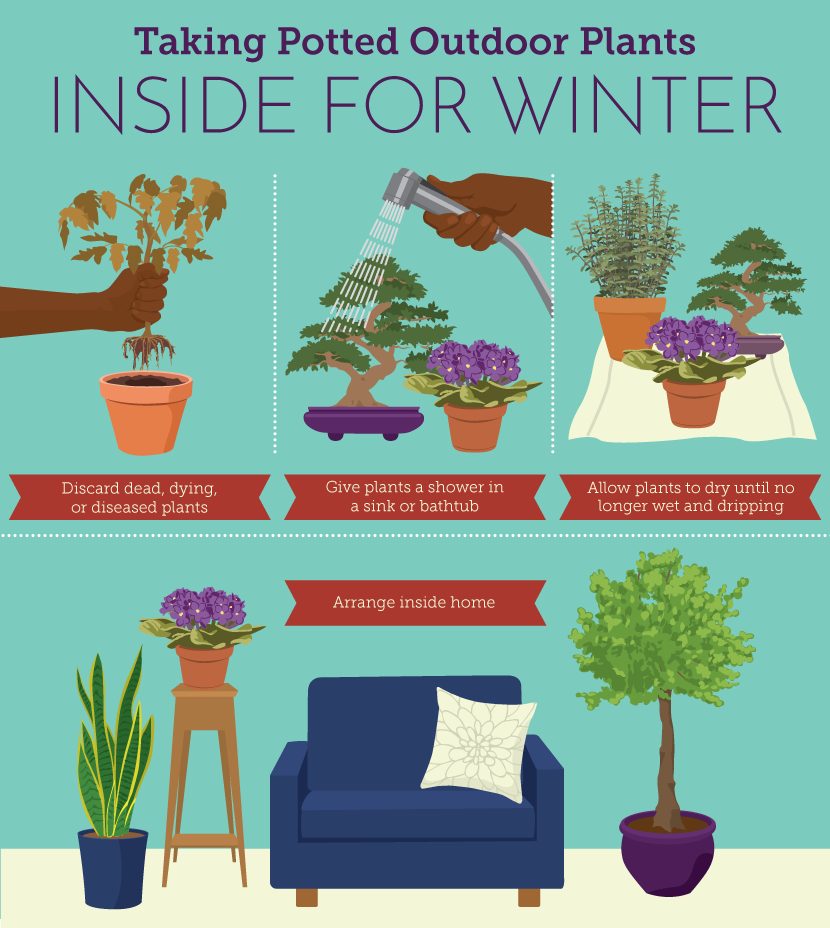
To protect seedlings from hypothermia, you need to know the need of vegetable plants for warmth, taking into account the growing season. We present these data in the table below.
Table. Optimum and critical temperature for seedlings 9+14-16°C +25-30°C +25-30°C +5-6°C -1°C Cabbage + + C +15-23 ° C +15-17 ° C -2-3 ° C -8-10 ° C CALOV +4–6 IM ° C +17-25°C +15-25°C -2-3°C -3-4°C Cucumber +14-16°C +25-30 ° C +22-28 ° C +6-8 ° C +2-3 ° C PIP +14-16 ° C 9 25-30°C +25-30°C +5-6°C -1°C Tomato +10-12°C 2 Radishes0178 +14-18 ° C +2-3 ° C -5-6 ° C REDIK +1-2 OL C +15-20 ° C 9 + 15-20°C -2-3°C -5-6°C Onion +2-5°C +18-25°C 9018 °C -2 °C - Lettuce +2-3 °C +10-20 °C +12 -20178 -2-4 ° C -4-5 ° C beets +5-8 ° C +20-30 ° C +18-25 ° C - 1-2°C -2-3°C Pumpkin +12-15°C +20-25°C +22-30°C °C +2-3°C Beans +8-10°C +18-22°C +20-31°C 9018-0.  5 ° C
5 ° C -1 ° C Spinat +2-3 ° C +15-17 ° C +12–17 OLS -5-10°C
The ability of seedlings to withstand temperature changes depends on crop, age, variety and health. Young and tender plants are more thermophilic. Cold-resistant varieties, healthy and strong seedlings, mature seedlings can withstand lower temperatures and short-term cooling.
For example, young tomato seedlings can withstand temperatures below 10 °C, mature plants are resistant to short-term drops to 8 °C and below. At a temperature of 4-5 ° C, signs of a lack of phosphorus can be observed on the leaves of seedlings (a characteristic purple hue appears) - this element is not absorbed by the roots at a low temperature.
Seedlings can withstand a cold snap of 3 ° C, although they will look depressing, they will all wither and lie down, as if they do not have enough water. It's all about the roots, which do not work at low temperatures and do not pump moisture and nutrition up.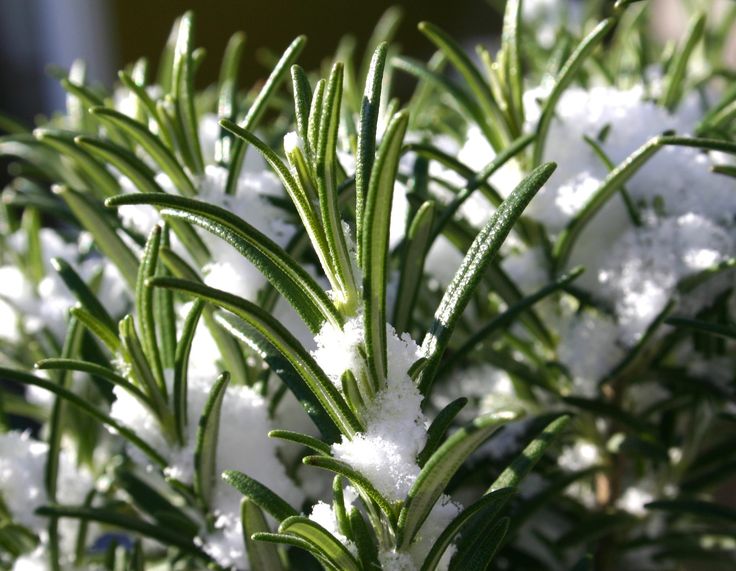 Such seedlings need to be warmed, transferred to heat, so that the roots work again, and the plant itself will recover.
Such seedlings need to be warmed, transferred to heat, so that the roots work again, and the plant itself will recover.
3 ways to protect seedlings from frost
1. Cover with spunbond.
2. Spray and pour over with warm water.
3. Increase the temperature in the greenhouse.
Covering seedlings with spunbond
Immediately after planting, especially in the early period (April, May and early June), consider the possibility of covering newly planted or exposed young plants.
- To do this, install arches over the bed.
- Prepare a covering non-woven material (spunbond, agrofibre).
- Multiple layers of nonwoven may be needed depending on material thickness and temperature.
If you visit the dacha on weekends and leave for the city for a week, leave the covering material on the seedlings. It allows light and air to pass through, and in early spring days the heat is not yet such that the plants burn out.
Benefits of using spunbond for seedlings
- Covering material is light, reliable and durable.
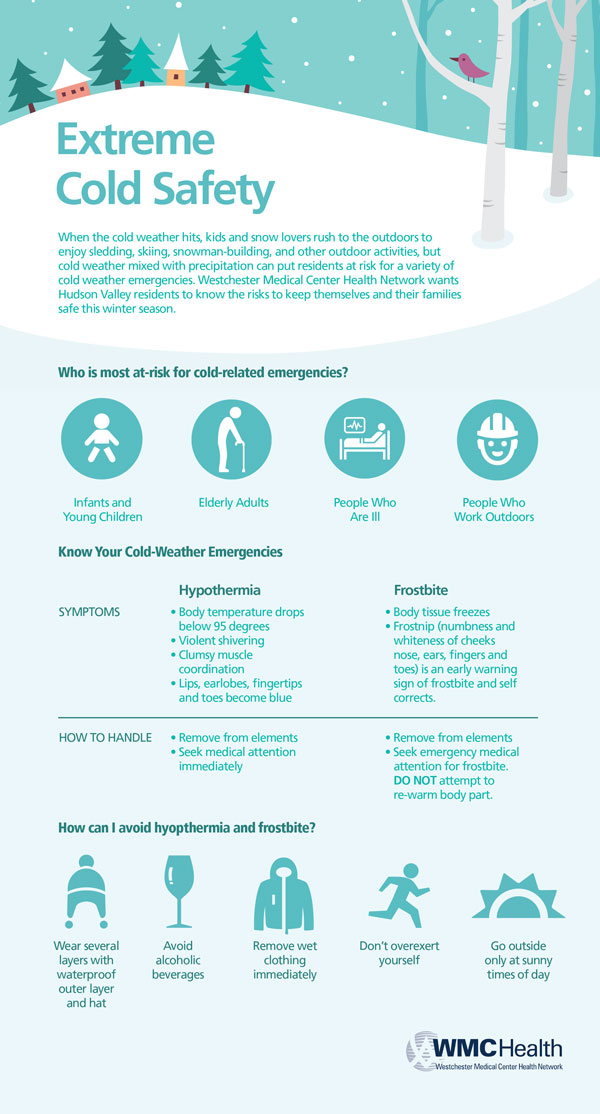 What you need to cover early spring plantings and seedlings.
What you need to cover early spring plantings and seedlings. - Covering plantings with spunbond in early spring gives plants an impetus for rapid growth.
- A special microclimate is created under the agrofibre.
- At high solar activity, the seedlings will not evaporate, as it happens under the film.
- Agrofibre allows all moisture to pass through: both rain and irrigation.
- Plants grow faster under non-woven fabric.
- Non-woven fabric protects against frost and cold weather.
- Spunbond saves plants from pests, for example, cabbage seedlings under it are reliably protected from aphids.
How to cover
Non-woven covering material is not measured in thickness (like a film), but in density. To cover horticultural crops, spunbond with a density of 17-60 g/m is used. sq.
The lower the density, the more gently and gently it acts on young seedlings.
- Using 17-30 g/m stock. square, you can safely cover seedlings with flooring without using arcs.
 You don’t have to worry that the plants under cover will be wrinkled, injured. The material of this density is quite light, and the plants, growing up, will raise the shelter.
You don’t have to worry that the plants under cover will be wrinkled, injured. The material of this density is quite light, and the plants, growing up, will raise the shelter. - Heavier material 40-60 g/m. kv must be cast on arcs, otherwise the plants may bend under the weight.
- To prevent chafing of the spunbond, it is best to use plastic wires. Arcs should not be rough, rough. If the metal arcs are rusty, it is better to paint them, otherwise the spandobnd can fray from the wind and quickly become unusable.
- Cover with non-woven fabric in calm, dry weather.
- After covering the edges, pin or cover with earth to prevent wind blowing.
With careful, but frequent and active use,
spunbond will last at least 3-4 years
Additional seedling heating lamps and other electric heaters, bring coals or barbecues into the greenhouse, burn a tobacco checker.
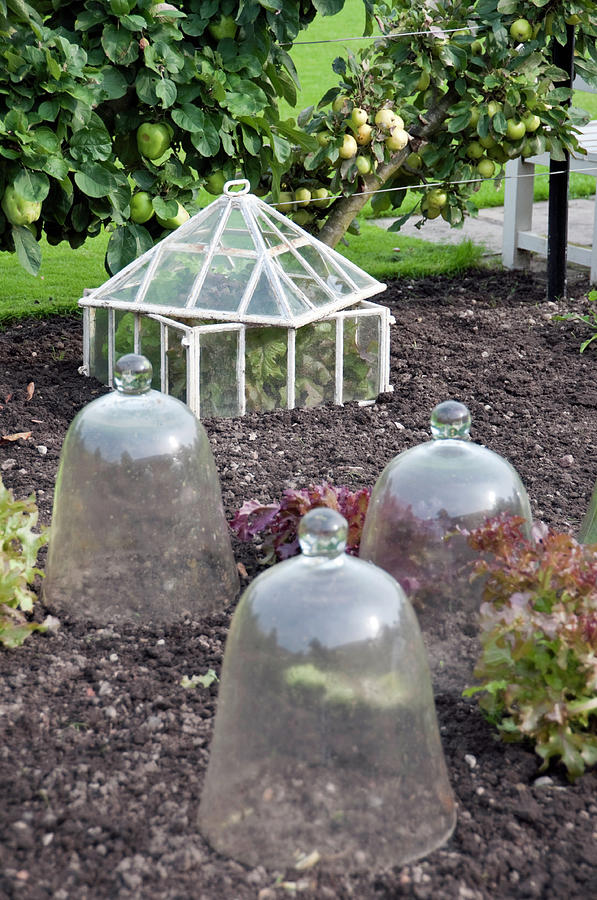
In the open field, you can use bottles of water, which are placed along the beds between the plants.
Water barrel
You can raise the temperature in the greenhouse with water. Bring dark-colored containers filled with water into the greenhouse. You can use "one and a half", and for a reliable effect, paint them with black opaque paint.
It is even better if there is a large black barrel of water in the greenhouse. Warming up during the day and accumulating heat, at night it will warm greenhouse plants.
In this way, large temperature fluctuations can be avoided, and an additional half degree of heat can save seedlings from death.
Coals
If you have made a fire in your country house, bring the coals or barbecue into the greenhouse. Cooling down, they will give all the heat.
Tobacco stick
Burning a tobacco stick raises the temperature in the greenhouse. Yes, and there are many other benefits.
________________________________________________
Read more about how to raise or lower the temperature in the greenhouse
Spraying and watering seedlings
spraying. It will be effective to use special modern growth stimulants and regulators, adaptogens - drugs that help plants withstand stress, increase their immunity and protective properties.
It is also important that the seedlings do not leave with dry soil in frost. Therefore, before the upcoming frosts, it is necessary to check that the surface of the soil in pots or on the beds is moist. If the ground is dry, make additional watering with warm water.
Be careful - it is dangerous to overwater plants in cold weather
Fertilizer and growth stimulator Biospectrum
Biospectrum is a broad-spectrum biological product, an activator of the process of plant growth and development, with the properties of a fungicide and complex fertilizer, root former, flowering inducer.
Biospektr is used in summer cottages:
- as a growth stimulator and root former;
- as a fertilizer that contains a complex of nutrients and vitamins.

The main component of the preparation is an extract of the evergreen plant Yucca Schidigera, supplied directly from Mexico. For its healing properties, the indigenous peoples of America called Yucca the "tree of life."
Biospectrum is used to grow all types of vegetables. Grown products are environmentally friendly and have a high nutritional value.
Photo: biopreparation Biospectr helps rooting and improves the immunity of seedlings after planting in the ground
finally get upset and throw it away.
The main task is to insulate and warm the affected plants:
- 1. Spray the plants with warm water, a biologic solution or growth stimulants - there are now many options.
- 2. Cover plants with spunbond covering material and keep under cover for at least 24 hours.
- 3. If possible, bring the frozen seedlings into the heat - from the loggia or from the greenhouse to the house.
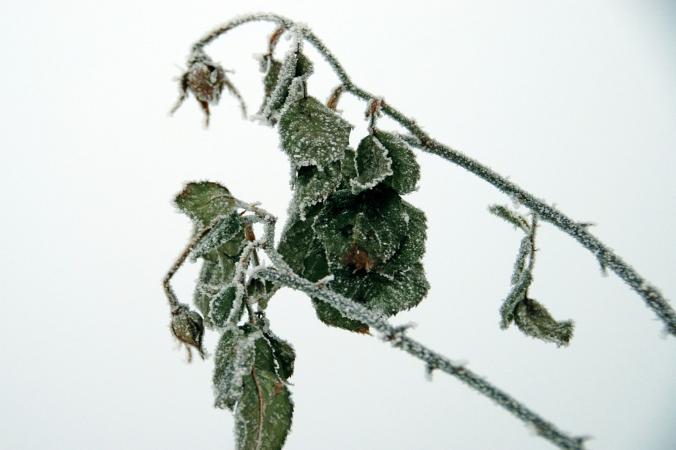
Strong healthy seedlings, not stretched or overgrown, usually tolerate short-term temperature fluctuations.
How to shade seedlings
High temperatures are no less dangerous for seedlings than low temperatures. At temperatures above 35-40 ° C, the plants are depressed, the functioning of the root system worsens, the ovaries fall off, and the fruits do not form.
In the open field, the weather itself usually copes with this. Good ventilation and abundant watering maintain the right temperature for plants. So that seedlings recently planted in the ground do not burn in the sun, it can also be shaded with a spunbond. The temperature under the agrofiber is regulated to comfortable values, and the sun's rays do not penetrate through the non-woven material.
There is not enough ventilation in the greenhouse, and other ways are needed to shade and protect the plants from heat and heat.
3 ways to shade plants in a greenhouse
- Painting the walls and roof of the greenhouse with lime or clay
This method is proven and affordable.